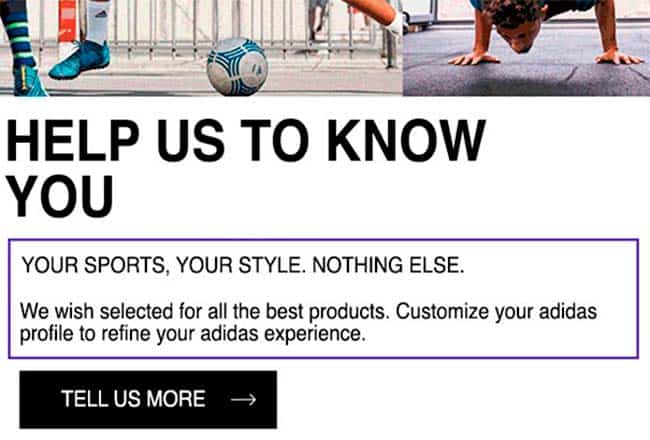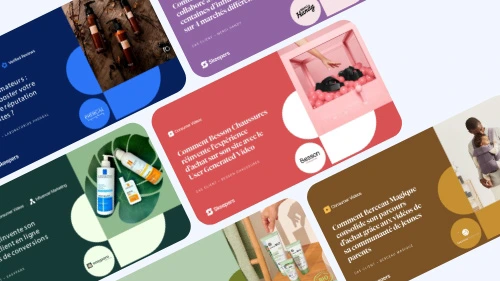Customers are sometimes reluctant to share their personal details, especially on the Internet. Yet, this information is important. It enables you to get to know them better and to target the offers you send them. So, how can you make your customers less reluctant and obtain their personal information? Read on for our three tips....
Customers are sometimes reluctant to share their personal details, especially on the Internet. Yet, this information is important. It enables you to get to know them better and to target the offers you send them.
So, how can you make your customers less reluctant and obtain their personal information? Read on for our three tips.
1. Create a Trusting Environment and Relationship With Your Customers
The development of digital tools and big data raises questions for consumers and the public about privacy and the use of personal data. Users are increasingly wary and less and less likely to provide their personal data to private third parties.
Yet, personal information is very useful for companies. The type of information can vary from sociodemographic (occupation, education, income, marital status, etc.), psychographic (interests, opinions, etc.) to behavioural (buying habits).
Whatever their nature, personal data helps companies get to know their customers better and personalise their content and offers.
To reduce customer reluctance and remove any apprehension, you need to build a relationship of trust with your customers. If your customers trust you, have a good image of your company, have a good, professional experience with your customer service, then they are more likely to provide you with sensitive information.
Indeed, a study shows that 79% of respondents are happy to send their personal details to companies that they trust. Our first recommendation, therefore, is to work on your company’s image and also to focus on the quality and depth of your customer relationship.
2. Be Transparent About the Use of Personal Information
Even if a customer trusts the company, they may be reluctant to send personal information if they don’t know what you’re going to do with it. Your customers need to be reassured on how you will use their personal data.

Which is why you need to be particularly transparent when asking for sensitive information and to explain to your customers why you’re asking for this personal data (to personalise your content or offers, improve their shopping experience, develop your customer service, etc.).
How? By adding context to your questions and forms. For example, if you send out a customer survey, explain the objective in your invitation message or survey introduction.
You should always emphasise that you’re collecting personal data with one objective in mind: to improve your products and services, so as to better satisfy your customers. By doing so, you will:
- Show your customers that they will benefit from sharing their personal information.
- Show your customers that you care about them and their satisfaction.

Remember to specify that you’re not collecting personal information for commercial purposes (exchange of advertising data), but for internal use only (= data confidentiality).
Here are three other tips:
- Highlight the measures you take to secure the data collected.
- Indicate that you are compliant with the regulations.
- Give customers the option of not filling in sensitive information if they don’t want to.
3. Target Your Information Requests as Much as Possible
Some data collection tools allow to target customers in a very precise way, and to personalise your message. Surveys sent at the right time, to the right people with personalised messages are more likely to be well received by customers than generic surveys sent to your entire customer base.
To collect personal information from your customers more easily, you have to choose good collection tools and target your requests. Personalising requests will significantly limit obstacles to obtaining personal data.
For example, asking a customer who has just bought a product from your “tourism” category what their favourite travel destinations are. Another example: asking a customer their level of education when they buy an education-related product (a book, etc.).
To sum up, you’ll obtain personal information more easily from your customers if:
- You’ve built a relationship of trust with your clientele.
- You’re transparent about the purpose of your personal data request and reassuring about how it will be used.
- You use collection tools to target information data requests.
 hbspt.cta.load(20304540, ‘cb2d0916-f405-47e9-bb18-4064b993938a’, {“useNewLoader”:”true”,”region”:”na1″});
hbspt.cta.load(20304540, ‘cb2d0916-f405-47e9-bb18-4064b993938a’, {“useNewLoader”:”true”,”region”:”na1″});











